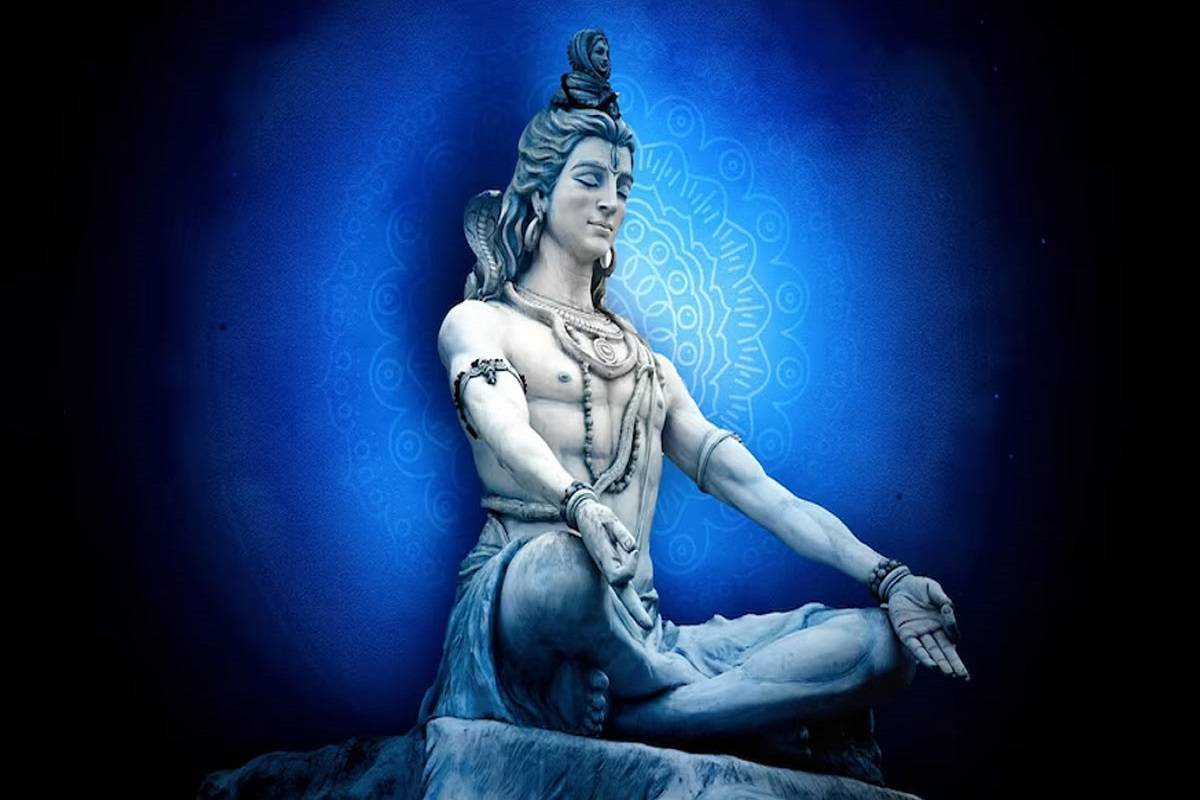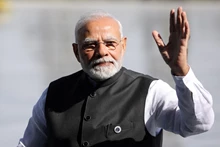
Maha Shivratri is one of the most important Hindu religious celebrations. It goes by several titles, including "The Great Night of Shiva," "Padmarajarathi," and others. Lord Shiva's followers keep a severe fast and participate in many devotional rituals on this day. It is said that people who fast on Maha Shivratri receive blessings from Lord Shiva and are cleansed of all their past transgressions and sins. Maha Shivratri is also supposed to be the anniversary of Lord Shiva's cosmic dance or Tantra.
Why Is Maha Shivratri Celebrated?
According to folklore, the festival's historical origins and contemporary importance are intertwined with Indian mythology. The dance of primordial creation, preservation, and destruction, known as the Tandava Nritya, is said to have been performed by Shiva for the first time on Maha Shivaratri. Lord Shiva prevented the end of the world by performing this act of devotion.
Maha Shivaratri commemorates both the day Shiva united with Mount Kailash and the event of his marriage to the Goddess Parvati. Shiva is regarded in the yogic tradition, although not as a deity, but rather as the Adi Guru—the very first Guru from whom the yoga discipline sprang. The night of silence and stillness is known as Maha Shivratri is dedicated to and inspired by the stoic elegance and discipline of Lord Shiva.
Maha Shivratri Date and Time:
Maha Shivratri 2023 Date in India: 18 February
Nishita Kaal Puja Time: On 19th February, 12:09 AM to 01:00 AM
Day: Saturday
Why Is Maha Shivratri Considered to be the Darkest Night?
Since ancient times, Maha Shivratri, the darkest night, has been observed as the night of the great and mighty Shiva. Maha Shivratri, which translates to "the great (maha) night (ratri) of Shiva," is the most significant spiritual occasion in India's Hindu and yogic traditions.
On this night, the moon is not seen. The moon is a symbol of the mind, and the earth's life is significantly impacted by the moon's cycle. Shiva, a representation of the greatest consciousness that exists outside of the mind, is therefore the subject of this evening.
What do the lingam and the bel tree represent?
Lord Shiva is frequently revered as a lingam, a symbol that stands for creation. The bel tree (also known as the quince, a native of India), which was reportedly one of Shiva's favourites, is another piece of imagery or symbolism frequently associated with Shivaratri. Its fruit and leaves are still a major part of the celebrations today.
What are the main rituals associated with Maha Shivaratri?
The celebration combines a 24-hour vigil with a daylong fast. Devotees rise early and take a ceremonial wash in the morning. After performing these ritual cleansings, they would proceed to the Shiva temple nearby to give offerings of milk, yogurt, honey, ghee, sugar, and water.
“Om Namah Shivaya”, Shiva's sacred mantra, is said in homes and temples throughout India. During special pujas, streams of pilgrims continue to arrive throughout the day and into the night as incense is burned, lamps are lighted, and other rituals are performed. Devotees observe a serious fast the entire time till the next morning.









